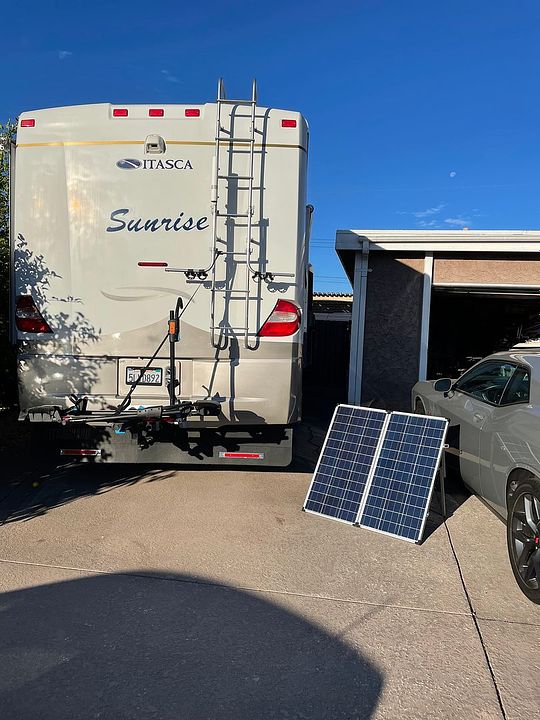eXodus
Solar Addict
- Joined
- Jul 27, 2020
- Messages
- 1,483
And a gas-absorption fridge can be troublesome as hell, all depending.
It sounded like OP was considering getting a 12v compressor fridge. For most people, if they take out a RV gas-absoption fridge, they put a regular residential refrigerator in there - a smaller one that fits. They're still big, but pretty energy efficient and can be run on a smaller inverter. The newest luxury motorhomes all have residential refers. And no oven. Two things that kill the deal for us.
There are three key upgrades for a gas-absorption fridge to make them work well:
A temp controller board from ARP.
With the chimney fan.
And an internal fan sitting on the cooling coils.
Another key to have good working absorption fridge - don't buy a RV with the Fridge in the Slide-out - that's a big no no.
It's almost impossible to get a good working propane fridge in a slide.
They need to have stack above to get rid of the air.
When I'm boondocking I get months of fridge service out my propane tank. To switch the fridge to residential and add enough batteries to support that - I've measured my small fridge:
My 2.6 cubic fridge needs about 800wh in a day - and 12 cubic feet needs almost 2kwh / day.I remember the new 120VAC household fridge runs on 60-80 watts.
While this is not much - it's still energy I need to produce with solar. Wasn't worth the headache to throw out my good working LPG fridge. Sure should it ever break I'm going to get a 12V fridge -but until then I'm burning a few bucks worth of propane every year for the time I'm not on the grid.






